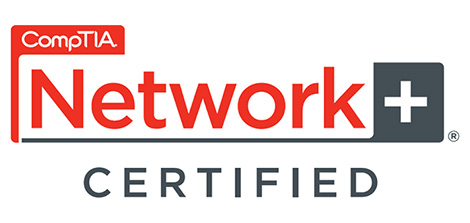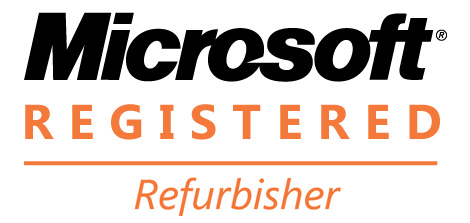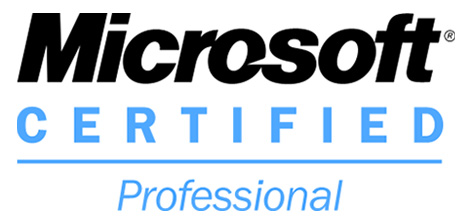What Is VDI?: Understanding the Latest Advance In Office Productivity
We live in an age of rapidly changing work environments. The COVID pandemic accelerated already-existing trends toward remote work, flexible go-anywhere workstations, and the need for increased digital security. As companies strive to adapt to the demands of these rapidly evolving needs, Virtual Desktop Infrastructure (VDI) has emerged as a powerful solution. Whether you’re a small startup or a multinational corporation, understanding the fundamentals of VDI can be crucial in optimizing your operations.
Understanding Virtual Desktop Infrastructure
At its core, VDI is a technology that enables users to access their desktop environments remotely from any device with an internet connection. Unlike traditional desktop computing, where each user has their own physical machine, VDI centralizes desktop management in a data center. This means that users can access their desktops, applications, and data from thin clients, laptops, tablets, or even smartphones, providing unparalleled flexibility and mobility.
How VDI Works
VDI relies on virtualization technology to create and manage desktop instances, known as virtual desktops or VMs (Virtual Machines). The process involves several key components working together seamlessly:
- Hypervisor: VDI begins with the installation of a hypervisor. This software abstracts physical hardware resources and enables the creation of multiple virtual machines (VMs) on a single physical server. Common hypervisors include VMware vSphere, Microsoft Hyper-V, and Citrix XenServer.
- Virtual Desktops: Once the hypervisor is in place, administrators can create and configure virtual desktops. Each virtual desktop represents a complete desktop environment with its own operating system, applications, and user settings. These virtual desktops are hosted on VMs within the data center and can be provisioned, managed, and scaled as needed.
- Connection Broker: The connection broker serves as the central orchestration component of the VDI infrastructure. It authenticates user credentials, manages user sessions, and directs user connections to the appropriate virtual desktop based on predefined policies and resource availability. By acting as an intermediary between users and virtual desktops, the connection broker ensures a seamless and secure user experience.
- Client Devices: Users access their virtual desktops using client devices such as thin clients, laptops, tablets, or smartphones. These devices connect to the VDI infrastructure over the network, typically using remote display protocols such as Microsoft Remote Desktop Protocol (RDP), VMware Blast Extreme, or Citrix HDX. The client devices display the desktop environment to the user while sending user input back to the virtual desktop for processing.
- Storage: VDI requires robust storage infrastructure to store virtual machine images, user profiles, and application data. Storage technologies such as SAN (Storage Area Network), NAS (Network Attached Storage), or hyper-converged infrastructure (HCI) are commonly used to ensure high performance, availability, and data integrity.
In summary, VDI works by consolidating desktop computing resources in the data center. This enables users to access their desktop environments remotely from any device with an internet connection. By virtualizing desktops and centralizing management, VDI enhances flexibility, security, and efficiency while reducing costs and complexity for businesses of all sizes.
To learn more about VDI and its impact on your business, be sure to check out our Comprehensive Guide to VDI.






